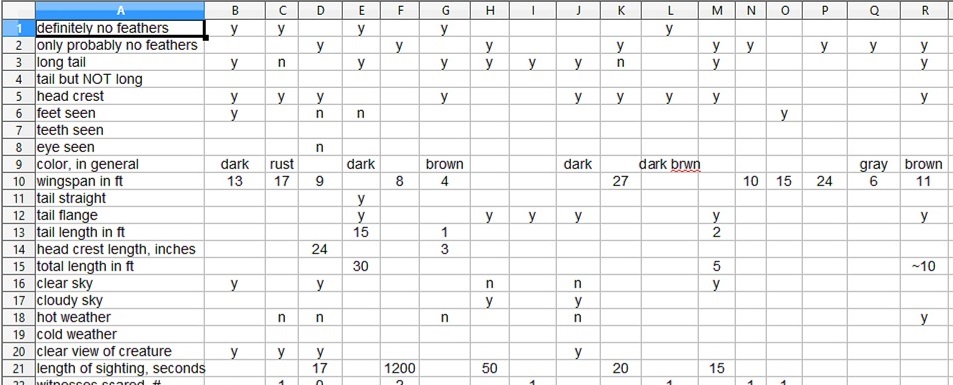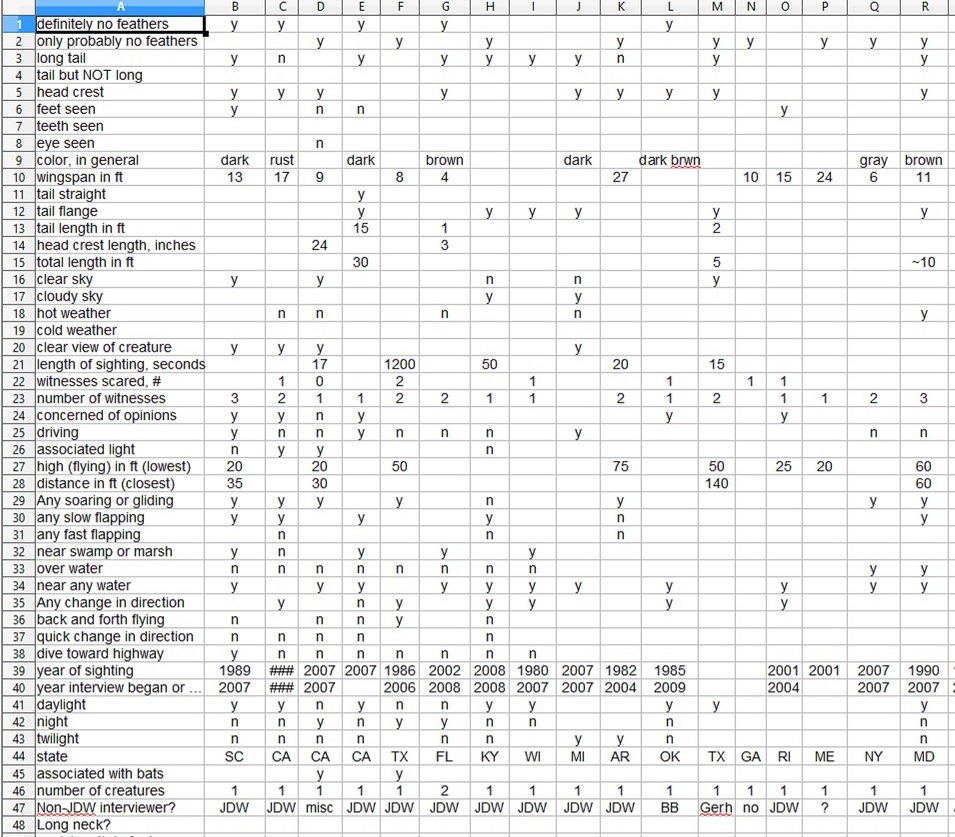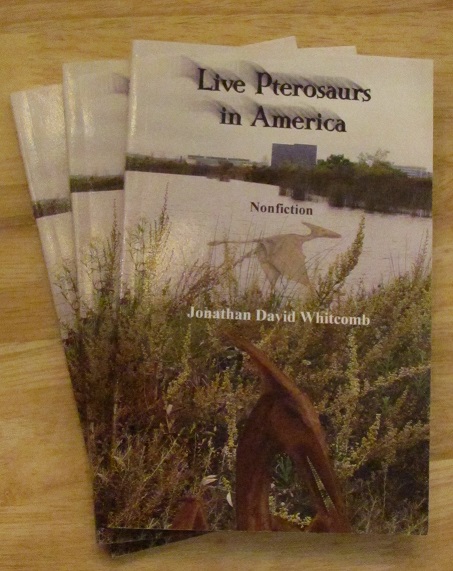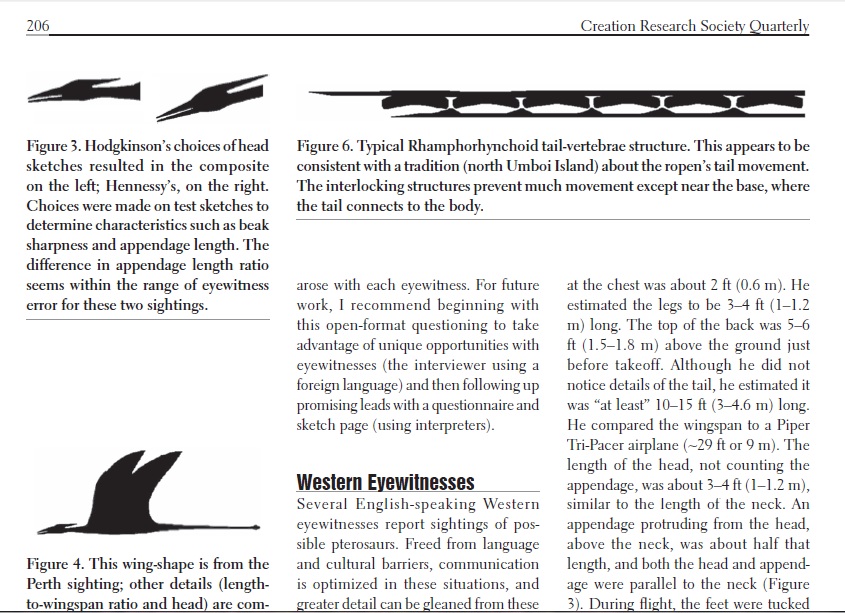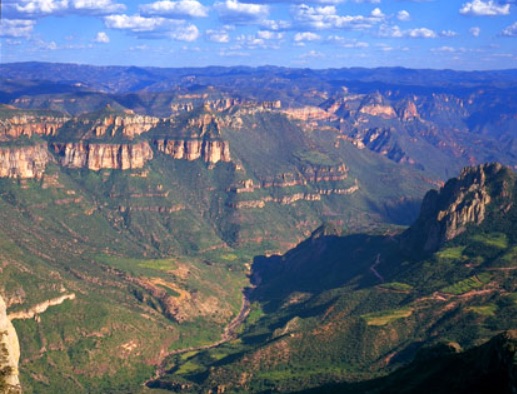Where do reports of ropens come from? If anyone believed the bulverism of several online writers—careless critics—in late-2014, I (Jonathan Whitcomb) may appear to be the source of almost all accounts of those long-tailed featherless flying creatures. That would be a distorted view of reality. Let’s begin with a sighting in New Guinea.
July 7th is the birthday of the late Duane Hodgkinson, who probably first reported his “pterodactyl” encounter before I was born. That by itself should demonstrate that those skeptics were off the mark about me: I am not the originator of reports of ropens. I have been more like an investigative reporter, interviewing eyewitnesses and reporting my findings; I have not been a story teller, promoting rumors or the less-credible accounts. I concentrate on the more-credible accounts.
By the way, Hodgkinson would have been ninety yesterday. He passed away last year.
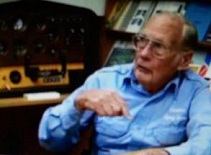
World War II eyewitness of a huge ropen
Two American soldiers, in New Guinea in 1944, were hiking into the jungle west of Finschhafen, when they were shocked to see a huge creature fly into the air, not more than 100 feet from the soldiers. Duane Hodgkinson estimated the tail of the “pterodactyl” was “at least ten or fifteen feet.”
But what caught the attention of Hodgkinson, more than the tail, was the horn-like structure coming out the back of the creature’s head, a long appendage that was parallel to the long neck. That was surely at least part of what caused that soldier to think of the word “pterodactyl.”
After World War II, Hodgkinson became a pilot and he eventually owned a Piper Tri-Pacer. During his interview with the cryptozoologist Garth Guessman, in 2005, he estimated the creature’s wingspan as being similar to that of a Tri-Pacer, meaning about 29 feet. That size may be ridiculed by some skeptics, but other sightings have been reported in the southwest Pacific, and some of the eyewitnesses give even bigger estimates of wingspan.
Two Ropens in Cuba in 1971
I (Jonathan Whitcomb) also did not invent the sighting of Eskin Kuhn, a U.S. Marine who was stationed at Guantanamo Bay, Cuba, in 1971. That was three decades before I began writing about such encounters with ropens.

The eyewitness at around the time of the sighting in Cuba
I have often written about this encounter in 1971. But I was not the first person to write about the sighting. Some skeptics may assume that because I have written more books and web pages than anyone else, on the subject of modern pterosaurs, that I am the originator of the idea that the ropen is a living pterosaur or that I am behind most of the stories. Not so. I became actively involved in 2003, when I produced a short documentary called Searching for Ropen. Yet others had been investigating sighting reports of these flying creatures years before then.
Long-Tailed Dragons in History
For countless generations, people from around the world have reported flying dragons. By whatever name was used, in various languages, the common word in English was dragon. Only in more recent generations have we come to know of words like pterodactyl or pterosaur. Even more recently the word ropen has become known in the United States.
How deeply has the dragon idea been seated in our human cultures! The concept of a large featherless long-tailed flying creature is ancient. So what’s the difference between the dragon of past generations and the ropen of today? The flying creature that is seen to glow sometimes, as it flies at night, is now called ropen. But the glow is now called bioluminescence, not “fire-breathing.”
###
.
The Ropen as a Rhamphorhynchoid
What is a Rhamphorhynchoid, also called a basal pterosaur? A definition by a non-scientist could be “a long-tailed pterodactyl.” . . . In truth, “science” has never proven that all species of pterosaurs became extinct millions of years ago.
The ropen sighting involved seven boys. They ran home in terror after this sighting. Wesley, the brother of Gideon, described the ropen to me and I was able to video- tape his answers. Likewise, another of the witnesses, Mesa, told me that he saw the ropen at that time.
A Modern Pterosaur Called “Ropen”
“Live Pterosaurs in America” proves this is not a mystery confined to remote tropical rain forests in Papua New Guinea. Ropens continue to shock eyewitnesses around the world.
Bioluminescent Ropen of Papua New Guinea
A lady describes how the glowing ropen flew over Lab Lab Village (Umboi Island, PNG), one night. (Interview by Carl Baugh, about 1994)
And those larger featherless flyers with long tails are also reported to catch fish, making them even less like fruit bats. Searching for Ropens and Finding God, fourth edition, reveals why the ropen of Umboi Island, and some other locations, differs from the fruit bats known as flying foxes.
.
_________________________________________________________
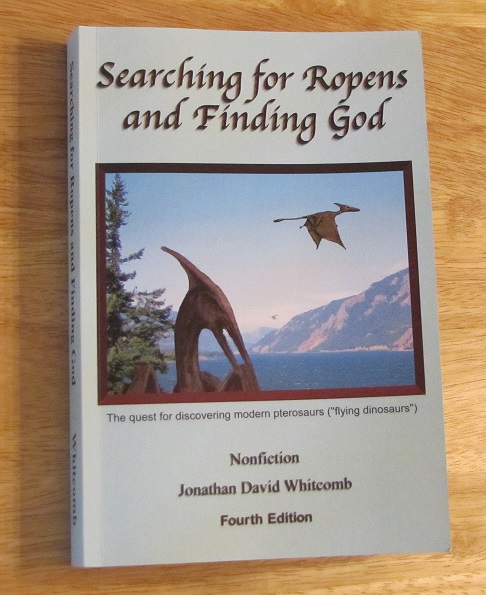
Nonfiction cryptid book Searching for Ropens and Finding God
From the Amazon page for this cryptozoology book by Whitcomb:
It soars above disputes about religion, revealing why an official discovery of an extraordinary animal has been delayed for so long. Above all, this explores human experience: eyewitnesses and those who interviewed them.
.




